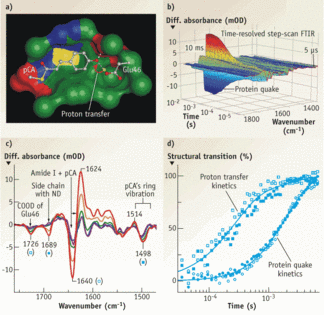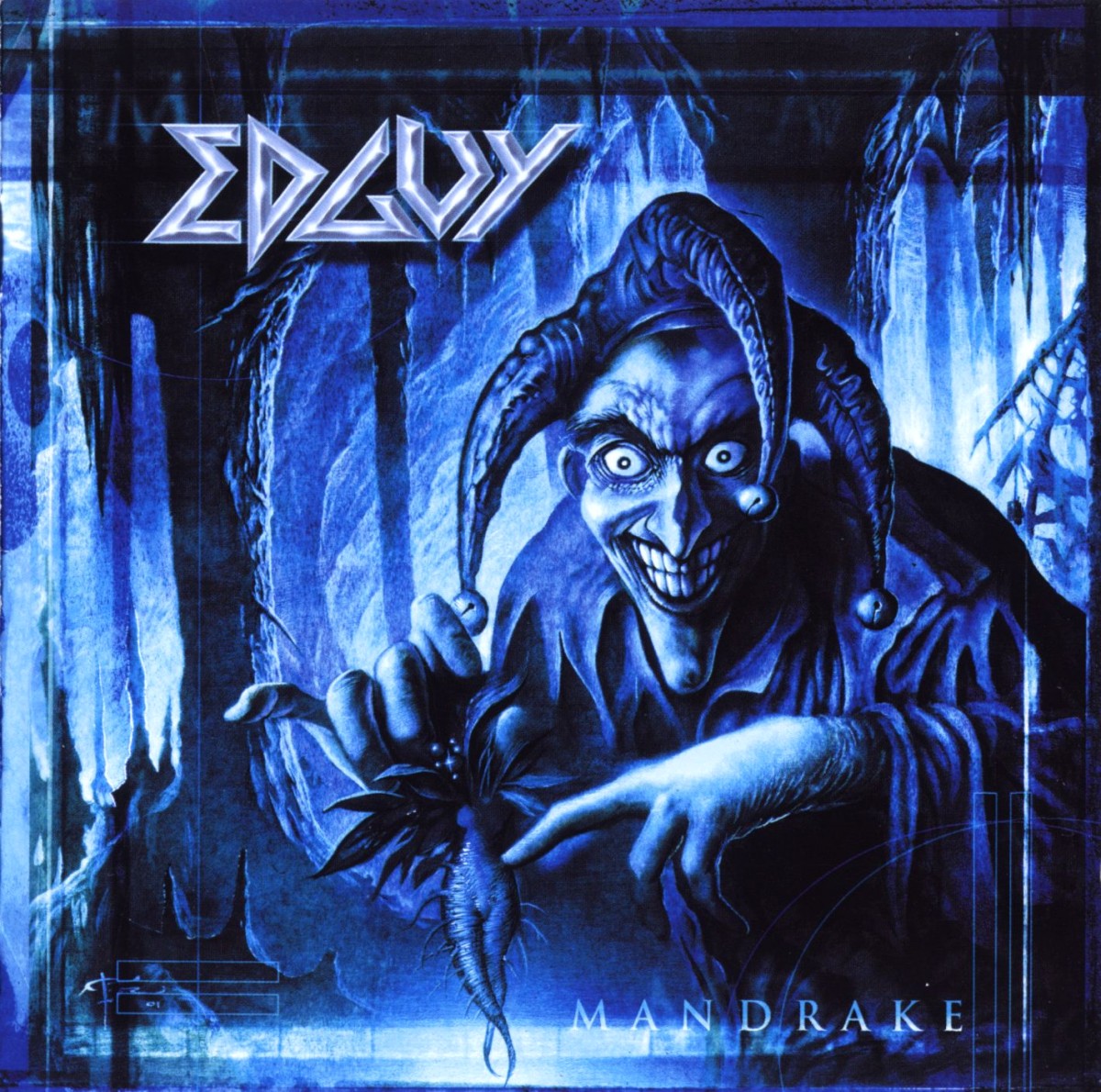

Azo pigments are used for coloring textile and leather articles. The analyses found azo pigments in 23 brands of ink. “Every time we looked at one of the inks, we found something that gave me pause,” explains Swierk, who clarifies that none of the tattoo artists who have collaborated in the investigation knew the composition of the products that they use. Techniques such as Raman spectroscopy (which uses the interaction of the light with the chemical bonds of a substance to determine its structure), nuclear magnetic resonance and electron microscopy have made it possible to detect ingredients that were not listed on labels, like ethanol. Technology has been key to revealing the molecular composition of the smallest pigment particles. It can also control the viscosity of the ink solution and sometimes includes an anti-inflammatory ingredient.īut that is only the general description.
#Nuclear time in resonance skin
The carrier solution takes the pigment to the middle layer of the skin and usually helps make the pigment more soluble. The former may be a molecular compound, such as a blue pigment a solid compound, such as titanium dioxide, which is white or a combination of the two, such as light blue ink. Tattoo inks contain a pigment and a carrier solution. But then he realized how little is actually known about the composition of tattoo inks, so they started to analyze the most popular brands. According to lead researcher John Swierk, the team intended to study the effects of lasers for tattoo removal. The investigation – the results of which were presented Wednesday at the fall meeting of the American Chemical Society – started off in a different direction. A team of researchers at Binghamton University (State University of New York), recently analyzed a hundred common tattoo inks and found ingredients that are not listed on the labels, as well as some potentially harmful particles. The ornamental, sentimental, ritual, personal or superstitious decoration of the skin is booming (between 9% and 30% of the population is tattooed, depending on the country) but, although health authorities monitor the composition of today’s inks, some of their components elude conventional analysis. The mummy of Ötzi – the remains of a man found in 1991 in the Ötz Valley, in Austria, 5,300 years after having been murdered by blows and arrows – had 61 skin punctures filled with charcoal ashes, according to the investigation carried out by Albert Zink, director of the Institute for Mummies and the Iceman, and published in the Journal of Cultural Heritage.


Tattooing has been a human practice for thousands of years.


 0 kommentar(er)
0 kommentar(er)
